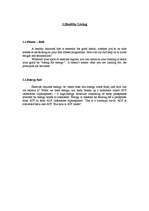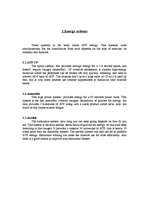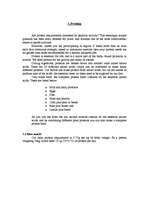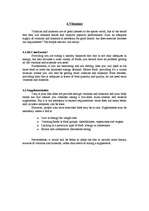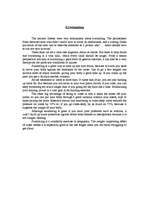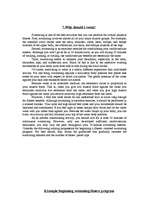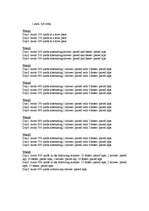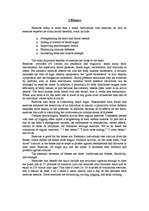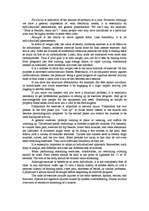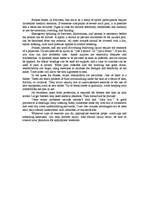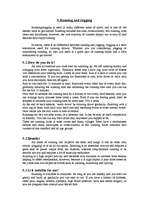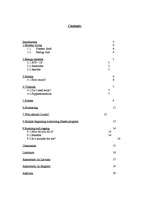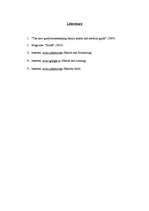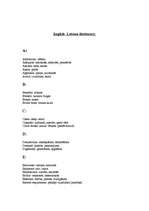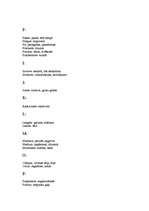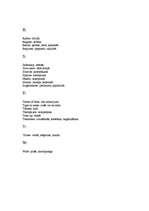-
Health and Fitness
| Nr. | Sadaļas nosaukums | Lpp. |
| 1. | Healthy living | 4 |
| 1.1. | Fitness- food | 4 |
| 1.2. | Energy fuel | 4 |
| 2. | Energy systems | 5 |
| 2.1. | ATP- CP | 5 |
| 2.2. | Anaerobic | 5 |
| 2.3. | Aerobic | 5 |
| 3. | Protein | 6 |
| 3.1. | How much? | 6 |
| 4. | Vitamins | 7 |
| 4.1. | Do I need extra? | 7 |
| 4.2. | Supplementation | 7 |
| 5. | Fitness | 8 |
| 6. | Swimming | 11 |
| 7. | Why should I swim? | 12 |
| 8. | Sample beginning swimming fitness program | 13 |
| 9. | Running and jogging | 14 |
| 9.1. | How do you do it? | 14 |
| 9.2. | Benefits | 14 |
| 9.3. | Is it suitable for me? | 14 |
| Conclusion | 15 | |
| Literature | 16 |
Fitness – food
A healthy balanced diet is essential for good health, whether you’re an elite athlete or embarking on your first fitness programme. How can our diet help us to avoid fatigue and dehydration?
Whatever your sport or exercise regime, you can optimize your training to reach your goals by “eating for energy.” It doesn’t matter what you are training for, the principles are the same.
1.2.Energy fuel
Exercise requires energy- so where does this energy come from, and how can we replace it? When we need energy, our body breaks up a substance called ATP (adenosine triphosphate) – a high-energy molecule consisting of three phosphates attached by energy bonds to adenosine. Energy is released by braking off a phosphate from ATP to form ADP (adenosine diphosphate). This is a continual cycle- ADP is converted back into ATP. But how is ATP made? …
Darbs ir par sportu un sporta ietekmi uz veselību, kā arī par veselīgu uzturu.

